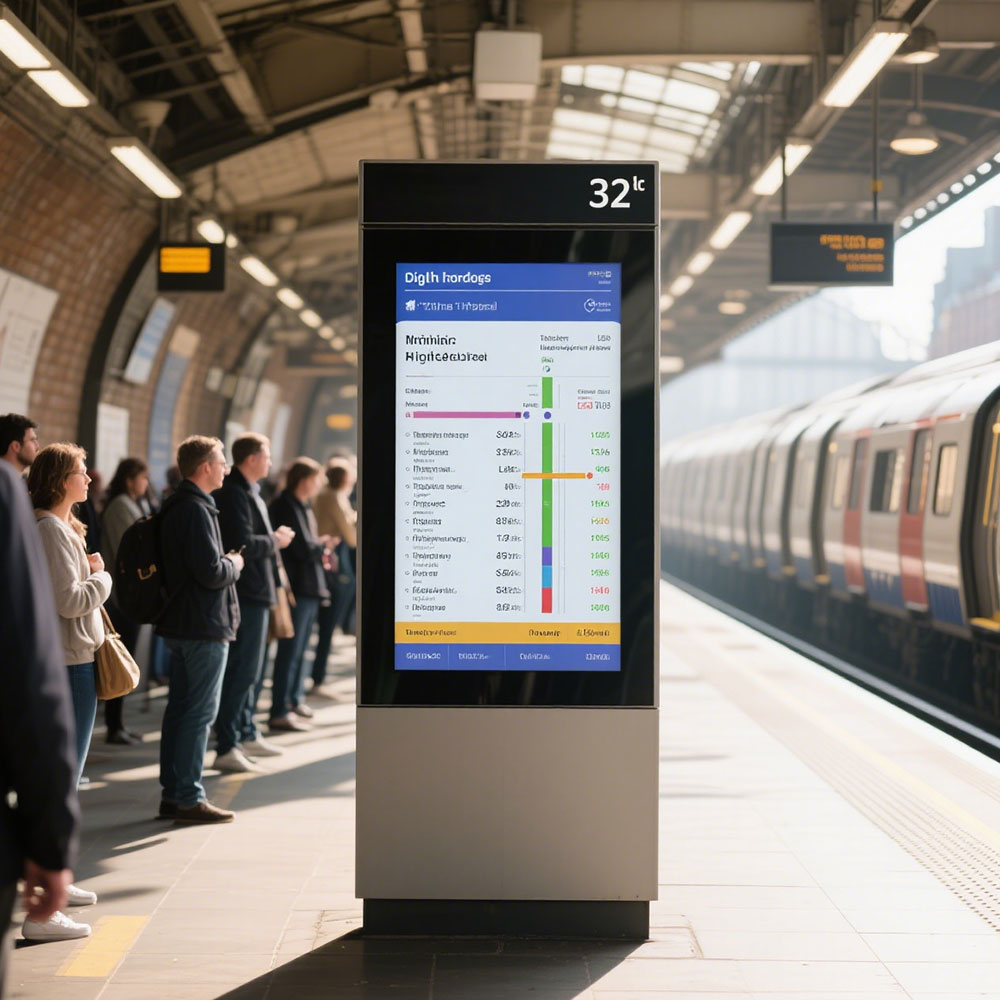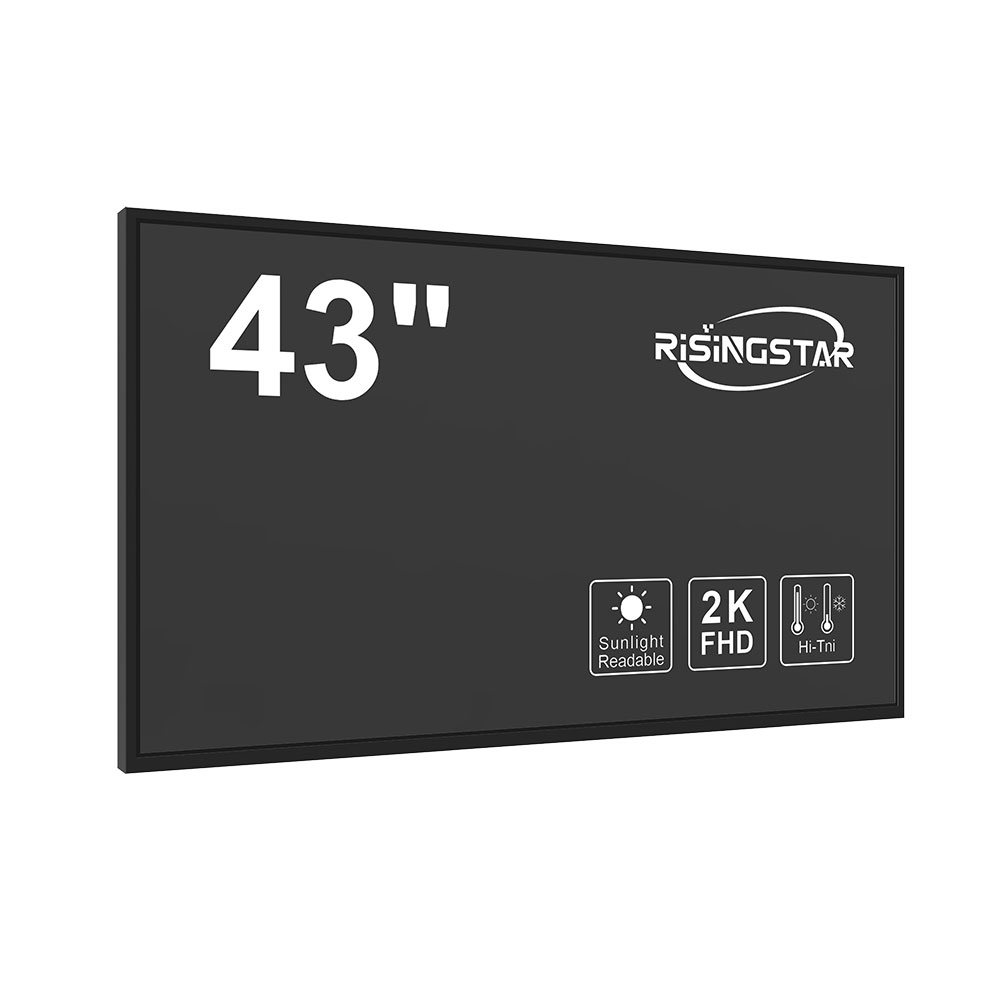In today’s increasingly mobile and outdoor-focused industries—from military field operations to construction sites, solar energy monitoring, and public transportation—sunlight-readable high-brightness LCD screens have become essential. These displays must perform reliably under extreme lighting conditions, including direct sunlight, low ambient light, and harsh environmental factors like temperature fluctuations, vibration, and moisture.
The core challenge in designing such displays lies in achieving sufficient brightness while maintaining image clarity, color accuracy, and power efficiency. According to the International Electrotechnical Commission (IEC) standard IEC 60745, outdoor-rated displays should operate at a minimum luminance of 1,000 cd/m² (candela per square meter). However, leading manufacturers now routinely exceed 5,000 cd/m² to ensure readability under direct sunlight, especially in tropical or desert environments where ambient light can exceed 100,000 lux.

To achieve this, several technologies are employed:

- High-efficiency LED backlighting: Using RGB LEDs with precise control circuits ensures uniform brightness across the display surface.
- Anti-reflective coatings: Multi-layer optical films reduce glare by up to 90%, enhancing contrast even in bright sunlight.
- Polarized glass and transmissive liquid crystal layers: These optimize light transmission while minimizing internal reflections.
- Dynamic brightness control (DBC): Automatically adjusts screen brightness based on ambient light sensors, improving both visibility and battery life in portable devices.
Case studies from companies like Konica Minolta and LG Display show that implementing these techniques increases device usability in real-world conditions by over 70%. For example, a solar farm monitoring system deployed in Arizona saw a 40% reduction in operator errors after switching to a 5,000 cd/m² sunlight-readable LCD with anti-reflective coating.
Additionally, compliance with IP65 or higher ingress protection standards is critical for durability in dusty or wet environments. Mechanical shock resistance (per MIL-STD-810G) further ensures reliability in rugged settings such as mining equipment or emergency response vehicles.
In conclusion, designing sunlight-readable high-brightness LCDs demands a multidisciplinary approach combining optics, materials science, and embedded systems engineering. As global demand for robust outdoor displays grows—especially in smart cities, autonomous vehicles, and industrial IoT—the need for certified, reliable, and efficient solutions will only increase. OEMs and engineers must prioritize performance metrics, real-world testing, and user-centric design to meet evolving industry needs.







